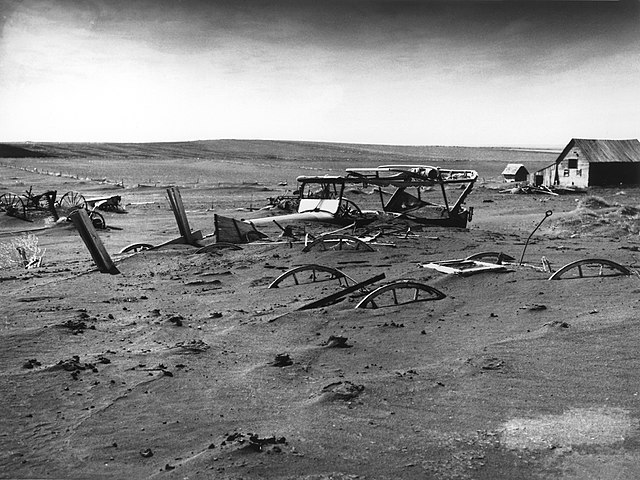When the climate migration crisis comes, what will you do? Will you build walls? Or will you be on the move, trying to find a safe community to call home?
Not all changes come at once, in a singularly upending moment that divides life into Before and After. Some begin so slowly that you barely know they’re happening until you take a moment to look around and realize that life isn’t like it used to be. The climate migration crisis is like that. Maybe you don’t see it now. Maybe your neighborhood looks the same as it always has. People, however, are on the move. Perhaps in the coming years, your town will adapt to a steady influx of new residents. Perhaps one day, you will find yourself looking for somewhere safe to live.
More people are finding themselves in that latter group this year than last. Whether escaping violent conflict, poverty, natural disasters, or political instability, a record 55 million people were living displaced within their own country last year, according to the Norwegian Refugee Council’s Internal Displacement Monitoring Centre (IDMC). Twenty million of those are children under 15, and another 2.6 million are over 65. Displaced people often move more than once, their stability lost in search of basic safety. Currently, these people are largely concentrated in low- to middle-income countries like Afghanistan, India, Syria, the Democratic Republic of the Congo, and Colombia, but it won’t always be that way.

Like Americans during the Dust Bowl, another climate migration crisis, most refugees move and try to resettle in their home country. Growing urban, industrialized populations are both a major cause of climate chaos and the first victims of many of the effects, such as flooding caused by rising sea levels and major storms. Modern technology may enable ever more timely warnings to reach an increasing number of connected people, but those people may not have homes to return to when the hurricane or wildfire has passed. Refugees must often settle in marginal land that is empty for a reason, like floodplains. In areas with slower, relentless disasters like heatwaves which become droughts, those who leave first have the best chance of relocating, and the most resources to do so, before they’re beggared by a futile effort to remain.
It’s only going to get worse, too. Assuming a steady population (itself questionable), every degree of increased warming means a roughly 50% greater risk of population displacement due to river flooding, according to a study released by an international team of researchers last March. The climate migration crisis began as a trickle, but as the energy packed into a warming atmosphere tumbles over into chaos, that trickle will become a flood.
In some places too much water, and in some places, not enough. The 1930s Dust Bowl was driven by unwise farming practices, and hastened by drought. That wind still blows, eroding soil from America’s breadbasket. Farming practices have gotten fancier, but still the aquifers empty. When the climate migration crisis comes to the United States, it won’t only be refugees arriving from beyond our borders. It’ll be people just as American as you, whose Plains farmland dried up, whose mountain homes were burned to ash, whose coastal property stayed in the same place when the shore moved in.
National Park managers and ecologists recently received new guidance concerning how to plan and prepare for future changes. The focus has long been on conservation, but it is no longer possible to keep the land the same as it has been for generations. Now it’s time for triage, for saving what we can, deciding what can no longer be protected, and shepherding the land as the changes come. It’s the better part of wisdom, to know what battles one can fight, and when to plan strategically around what cannot be avoided.
Our neighborhoods and cities will have to do the same. No matter how badly some may want to freeze our country in place, whether as it is now or as in some simpler, idealized past when it “was Great,” that cannot be. We have the future coming that we chose, every time we decided to prioritize having more and bigger stuff right now over having a better future later. Let’s hope we embrace the coming climate migrant crisis as an opportunity to remember that we’re all human before any other identity, and act accordingly.
Related: Whose Fault is Climate Change?


Join the conversation!